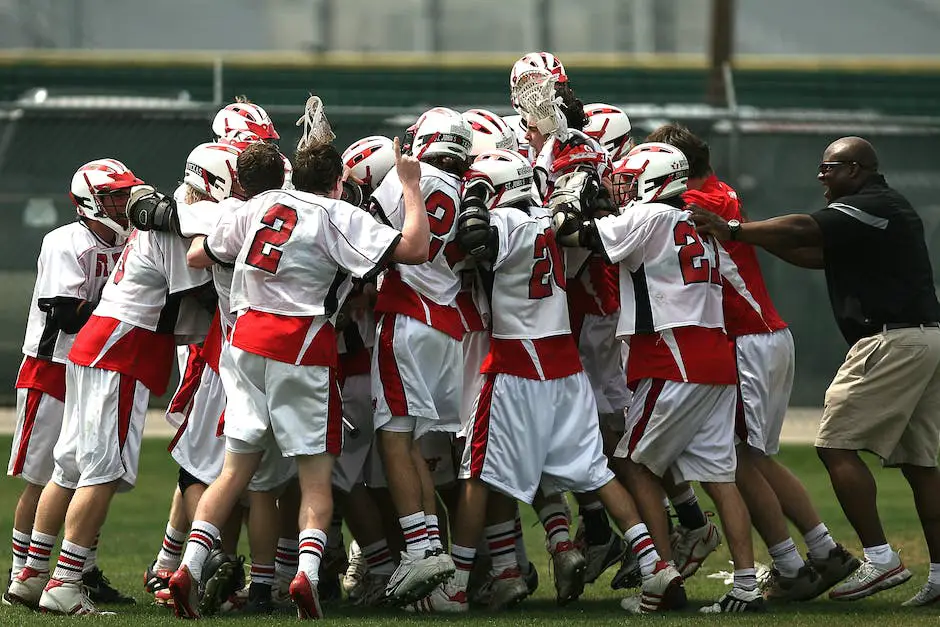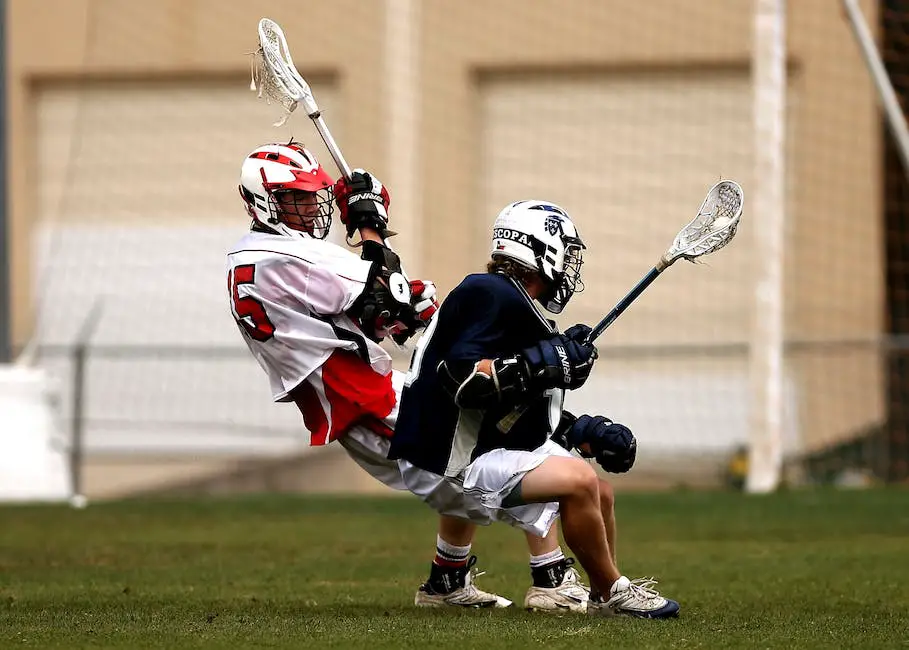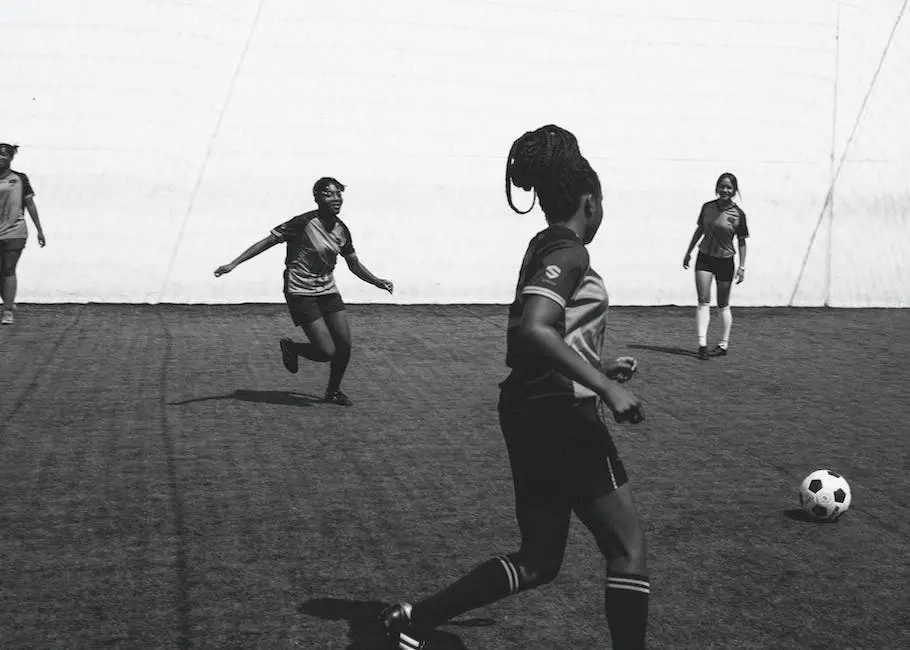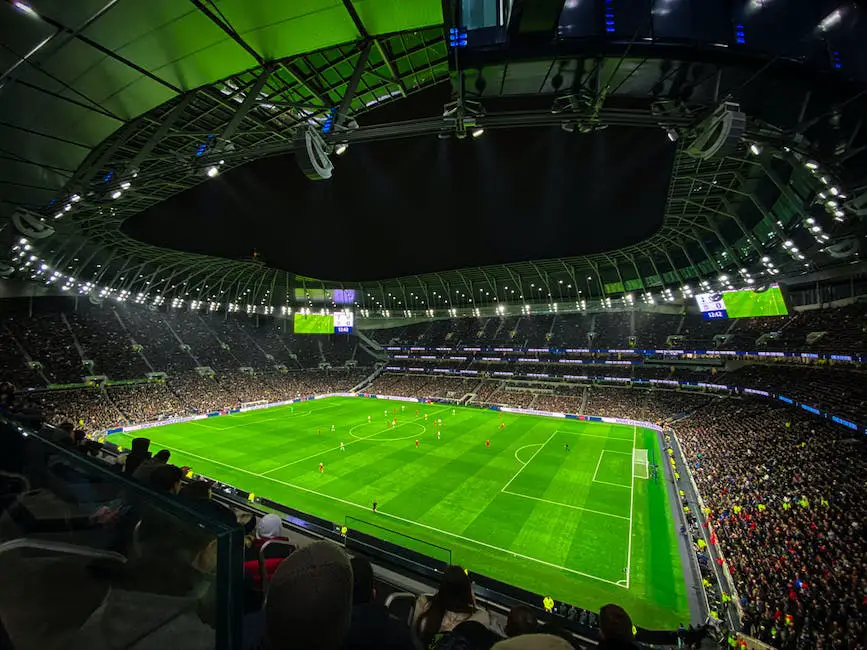Pickleball, a captivating blend of badminton, tennis, and table tennis, has surged in popularity, reaching the heights of internationally recognized championships. This intriguing sport is inviting to beginners while simultaneously providing a delightful challenge to seasoned players seeking advancement. This piece delves into the compelling world of Pickleball and its championship – a phenomenon that has captivated the globe with its unique blend of physicality, strategy, and sportive camaraderie. We’ll explore the sport’s intriguing origin, its dynamic evolution, the architectural framework of its esteemed championship, as well as the noteworthy players who’ve etched their names in its history. To comprehend the future direction of this nascent sport, we’ll traverse through its growth trajectory and examine its cultural, social, and economic impact as well.
Understanding Pickleball
Understanding Pickleball: A Basic Overview
Pickleball is a paddle sport that combines elements of badminton, tennis, and table tennis. In its simplest form, two or four players use solid paddles to hit a perforated polymer ball over a net. The sport is noted for its accessibility to individuals of all ages and skill levels, allowing thrilling gameplay in both casual and competitive contexts.
Origin and Popularity of Pickleball
Conceived on Bainbridge Island, Washington, in the mid-1960s, Pickleball has seen tremendous growth in its popularity over recent decades. Initially, it was a backyard pastime, but quickly evolved into a sport with formally established rules, international organizations, and tournaments. Today, Pickleball is played in thousands of school PE programs, parks, correctional facilities, and retirement communities around the world.
Playing Pickleball: The Basics
The game is played on a court that measures 20 by 44 feet, identical in size to a doubles badminton court. The pickleball net hangs at a height of 36 inches at the ends and 34 inches in the middle. A non-volley zone or “kitchen” – a seven-foot area on both sides of the net – restricts volleying (hitting the ball before it bounces), a unique attribute setting pickleball apart from tennis or table tennis.
The Object of the Game in Pickleball
The primary objective in Pickleball is to score points by causing your opponent to fault. A fault occurs when the ball lands out of bounds, is not returned successfully, or when a player or team violates one of the rules – for example, volleying from within the non-volley zone. The game ends when one player or team reaches 11, 15, or 21 points and is at least two points ahead of the opposition.
Pickleball Championship
Pickleball Championship tournaments are held throughout the year on both the local and world-class levels. The most prestigious of these is the USA Pickleball National Championships, an event that brings together top players from across the country to compete in categories ranging from singles and doubles to age-specific and open divisions. In addition, the International Federation of Pickleball organizes the annual Bainbridge Cup and the World Pickleball Championship on a global level, marking the height of competitive Pickleball.
Pickleball, with its unique combination of simplicity, skill, and thrill, is fast becoming a highly admired sport not just in the United States but across the globe. To truly appreciate pickleball, it’s essential to understand its game basics as well as its internationally recognized championships.

The History and Growth of Pickleball Championships
The Emergence of the Pickleball Championship
Pickleball, an amusing summer sport, was created in 1965 by three fathers — Joel Pritchard, Barney McCallum, and Bill Bell. They designed it to keep their kids entertained on Bainbridge Island, near Seattle, Washington. The match was played using a plastic ball with holes, a combination of badminton, and plywood paddles. The world saw its first official pickleball tournament named ‘The Pickleball Tournament on Courts’, in 1976 in Tukwila, Washington.
Evolution of the Championship
In the early days, the rules and equipment of pickleball were still being developed and refined. The championships were friendly matches with casual rules. The court dimensions and sizes, paddles, and balls were not standardized. However, as the sport gained popularity, the need for uniformity became apparent, leading to the formation of the USA Pickleball Association (USAPA) in 1984. USAPA came up with an official rulebook and started to host organized pickleball championships at a larger scale.
Increase in Popularity
Pickleball has seen a continuous increase in popularity since its invention. The sport was recognized by the USAPA in 2005, and a multi-year agreement was signed with CBS Sports Network in 2018 to televise the national championships. This led to an increase in viewership and introduced the sport to a wider audience. Further, with the construction of dedicated pickleball courts in many states, the game has gained widespread recognition and acceptance.
Current Status in the sports industry
Today, Pickleball is a well-established sport in the United States with its own national and regional championships. The USAPA National Championships, one of the largest pickleball events, attracts players from across the world. Other significant pickleball championships, such as the US Open Pickleball Championship and the Professional Pickleball Association (PPA) and Association of Pickleball Professionals (APP) tours, provide the sport with a high level of exposure and fan engagement.
The sport has also seen a rise in professional athletes, with many tennis and badminton players switching to pickleball due to the lesser strain it puts on the body and its competitive nature. As per the Sports & Fitness Industry Association, there are around 3.46 million pickleball players in the United States alone.
Outlook on Pickleball Championships
One cannot overlook the tremendous growth and popularity pickleball has gained in recent times, painting a promising future for pickleball championships. The sport’s rising prominence is manifested through increasing media attention and an influx of brand endorsements.
The COVID-19 pandemic cast a shadow of uncertainty over many sports, and pickleball was not immune. However, it proved resilient, benefiting from the advent of virtual tournaments and matches adjusted for social distancing. Pickleball continues to evolve, with ongoing refinements to its rules and match structure to enhance the overall gaming experience. The sport is projected to witness further growth, making pickleball championships an anticipated global event.

The Structure and Rules of the Championship
Format and Sequence of Pickleball Championships
The structure of a typical Pickleball championship can be broken down into several distinct stages, though specific tournaments might introduce their unique modifications. Most championships, however, maintain certain universally accepted elements. A championship traditionally kicks off with a qualification or group stage featuring a round-robin format of play. The advancement to knockout stages is based on performance, leading to quarterfinals, semifinals, and eventually, the much-anticipated final match.
Player and Team Qualifications
It’s common in pickleball championships for participants to be divided according to their age and skill level. Players can apply to compete in their respective categories, such as singles or doubles. In some tournaments, there’s an open category where players of different ages and skill levels can compete against each other. To participate in a championship, players need to sign up in advance and are usually required to be members of a recognized pickleball association.
Rules Followed in Matches
Pickleball championships adhere to the rules set forth by the International Federation of Pickleball (IFP). These rules govern everything from equipment specifications to game play. As per IFP’s official rules, games are usually played to 11 points, and players must win by at least 2 points. Serves must be made diagonally, and the server must keep one foot behind the baseline. The ball must not bounce (volley) before it reaches the non-volley zone, also known as the kitchen, and this zone cannot be entered during the service.
Understanding the Scoring and Winning Standards of Pickleball Championships
During pickleball tournaments, a winning match is established by securing the highest score in two out of three games. Typically, games are played up to 11 points but under certain tournament regulations, participants might play up to 15 or even 21 points. Consequently, the team that achieves the best of three games is declared the match winner.
In pickleball, scoring is exclusive to the serving player or team. The serving party holds the privilege to score until they commit a fault, and then the serve is handed over to the other team. For a team or player to be declared the game winner, they must achieve the designated score and have a lead of a minimum of two points.
If teams arrive at a tie during group stages, the tie-breaker could be determined by several factors. These could range from the total count of games won or lost, the total points gained or conceded, or the outcome of matches between the tied teams. These elements are used collectively to break the deadlock and conclude which team proceeds to the knockout stage.

Notable Players and Teams
Leading Players to Watch in Pickleball Championships
The sport of pickleball has experienced rapid growth in popularity with numerous players making their mark in championship tournaments. One such standout is Tyson McGuffin, a native of Yakima, Washington. Renowned as a professional Pickleball champion and an International Pickleball Teaching Professional Association (IPTPA) accredited instructor, McGuffin has an impressive profile that boasts of four National Men’s Singles titles and four US Open titles. Distinctively, he has held the accolade of the Men’s Singles National Champion for three successive years, between 2018 and 2020.
Another pillar in the realm of Pickleball is Kyle Yates who heralds from Fort Myers, Florida, boasting over a decade’s worth of experience on the court. Earning the Men’s Singles Champion title and the Mixed Doubles Gold Medal at the US Open Pickleball Championship in both 2017 and 2018, Yates’ energetic performance and powerful strikes have both enthralled fans and won him significant titles.
Bursting onto the scene amidst a pool of seasoned players, 22-year-old Ben Johns holds his own, winning numerous national and international titles—including the 2019 Men’s Singles, Doubles, and Mixed Doubles titles at the USAPA National Championships. With his unique style that includes remarkable footwork and strategic nets and drives, Johns disrupts opponent dynamics, making him a high-adrenaline player to keep track of.
Promising Teams in The Tournament
Team Selkirk is a force to reckon with in the Pickleball championships. With players such as Tyson McGuffin and Morgan Evans, they are hailed as one of the top-performing teams in recent years, known especially for their efficient teamwork, strategic plays, and unyielding perseverance.
Team Franklin, on the other hand, is another standout team in the Pickleball championship, boasting players such as Ben Johns and Christine McGrath. They have marked their place in the world of Pickleball through their unwavering focus on effective court movement, tactic planning, and heavy smashes.
Emerging Players to Watch
One of the up-and-coming stars in Pickleball is Anna Leigh Waters. Despite her young age, she has shown remarkable potential, talent, and dedication to the sport. Within a few years of her debut, Anna and her mother became the 2020 Women’s Doubles National Champions. Her agile playing, winning strategy, and passion for the sport make her worth keeping an eye on in future tournaments.
Similarly, Riley Newman, a pickleball instructor from Fremont, California, is creating waves in the pickleball community. Known for his strong baseline shots and exceptional defence, Newman has quickly climbed the ranking ladder in recent years, making him another promising player.
While traditional tennis emphasizes individual performance, Pickleball championships highlight both the personal skill and the importance of team strategies.

The Impact and Relevance of the Championship
Understanding the Importance of the Pickleball Championship
Pickleball, an exciting mix of tennis, badminton, and table tennis, has been ascending in popularity, especially in the United States, over the past few years. The Pickleball Championship plays an integral role in this expansion, providing a stage for athletes to exhibit their supreme skills, promote the sport, and attract a wider audience.
Enhancing the Popularity of Pickleball
The Championship is one of the main avenues for expanding the sport’s growth and popularity. It is a showpiece event that brings together the best players in the sport from around the world, offering an opportunity for spectators, both in-person and online, to enjoy highly dynamic and competitive matches. The exposure that the Championship brings to Pickleball goes a long way in elevating its status, inviting new potential players to the sport, and reinforcing its community of ardent fans.
Potential Future Directions
The Pickleball Championship lays crucial groundwork for the future development of the sport. The increased attention and awareness generated by the tournament can lead to an influx of sponsorship deals, public interest, and further fuelling the sport’s growth. There’s increasing debate over the possibility of Pickleball becoming an Olympic sport, thanks, in no small part, to the Championship’s showcase of athletes’ skill and dedication.
Cultural, Social, and Economic Influence
The Pickleball Championship has wide-reaching impacts beyond the sport itself, including significant cultural, social, and economic effects. Culturally, the Championship supports the development of a shared community identity among Pickleball players and enthusiasts, promoting values of sportsmanship, competition, and communal engagement.
From a social standpoint, the Championship encourages participation and physical activity, promoting a healthy lifestyle. It inspires individuals, especially the younger generation, to participate in the sport actively. This participation, in turn, could lead to improved social cohesion, as individuals and communities come together to play and watch the sport.
Last ly, economically, the Championship does have a notable effect, particularly for the city where the event takes place. It attracts tourism, which boosts local businesses, from hotels to restaurants and other services. Additionally, the event helps in generating jobs related to the organization and running of the Championship, supporting the local economy.
Overall, the Pickleball Championship serves as a pivotal event in the sports world, shaping the trajectory of the sport, enriching its community, and having a ripple effect on the surrounding socioeconomic landscape.

Photo by reallygoodjames on Unsplash
Having ventured through the fascinating journey of Pickleball and its prestigious Championship, one thing is evident – the sport has undeniably carved its unique niche in the sports industry. Its swift growth in popularity is a testament to its easy accessibility, inclusivity, and the relentless charm of the game itself. The championship serves not only as a platform for players to showcase their skills but also acts as a melting pot of cultures and communities brought together by a shared love for the game. Notable players and teams have set new standards, leaving trails for the upcoming ones to follow or perhaps, even outshine. In this weave of competition, camaraderie, and chivalry, Pickleball and its Championship will continue to magnetize an ever-growing audience, bolstering its position as an eminent sport.